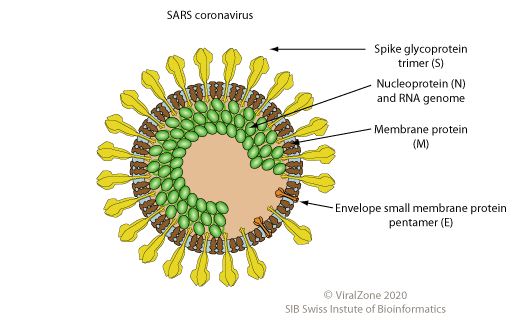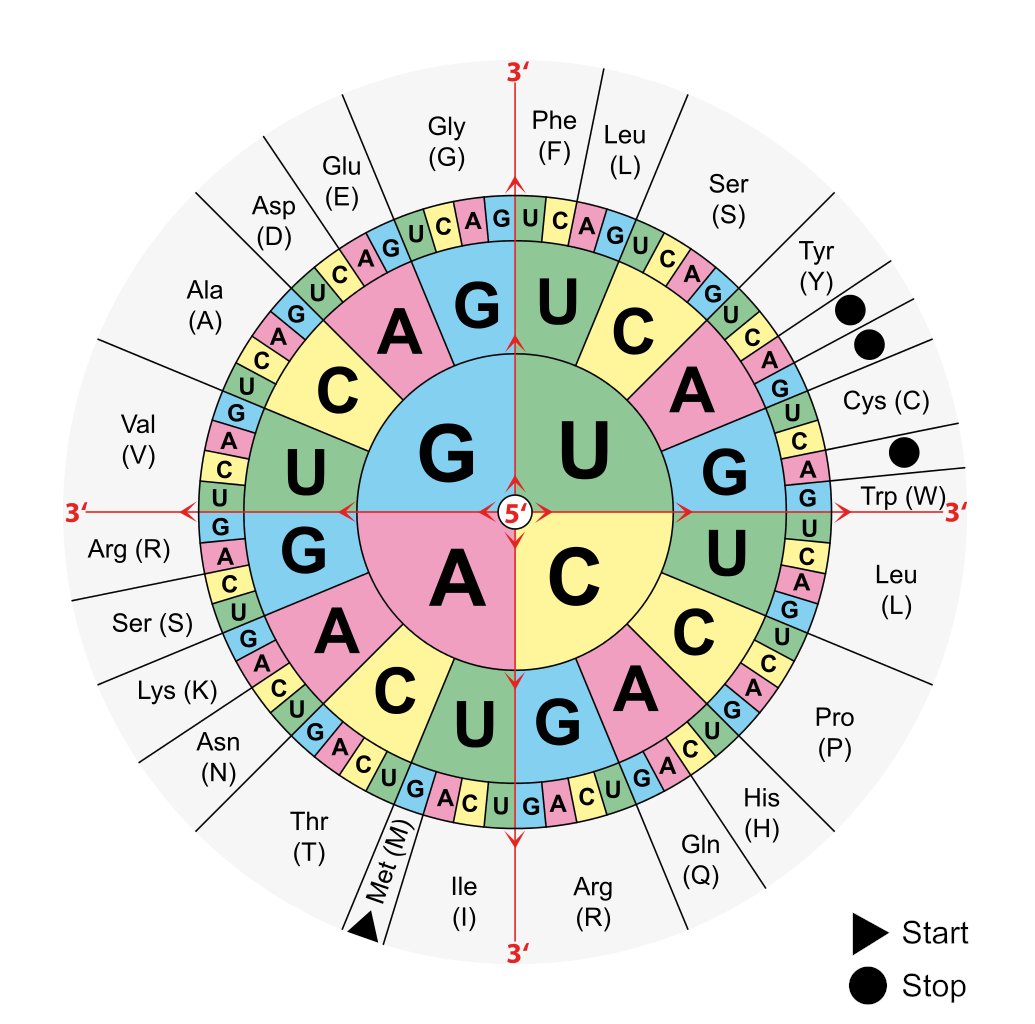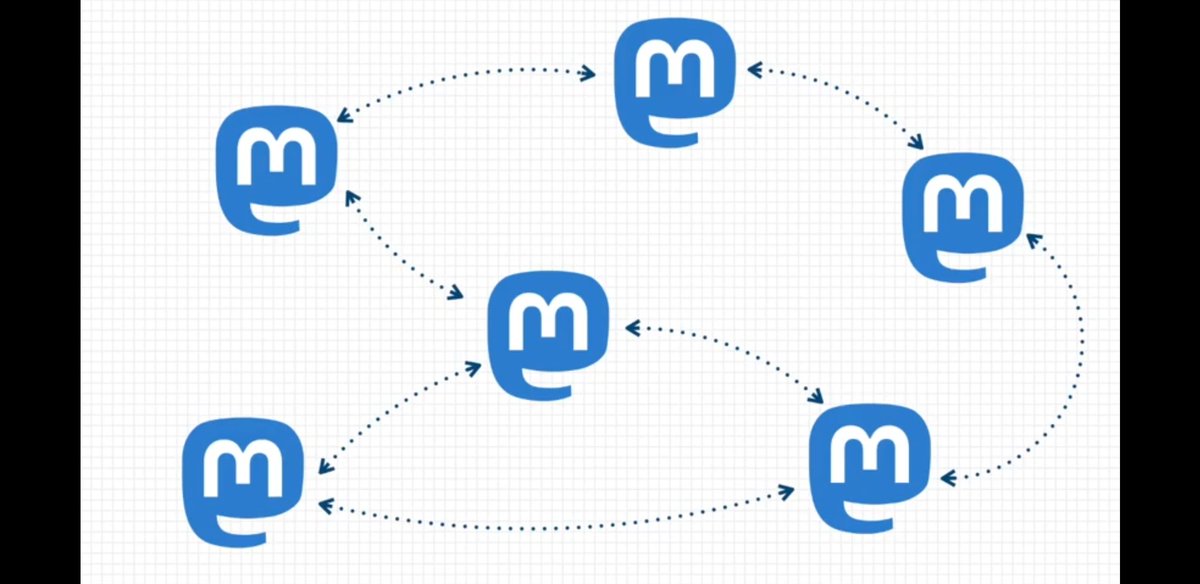On day 1 we saw how the virus used a polyprotein that can be cleaved into proper proteins, and on day 2 we saw how the virus can make our ribosome slip and read through a stop codon.

And thank you all for staying home, it looks like some of the curves are slowly flattening!



















